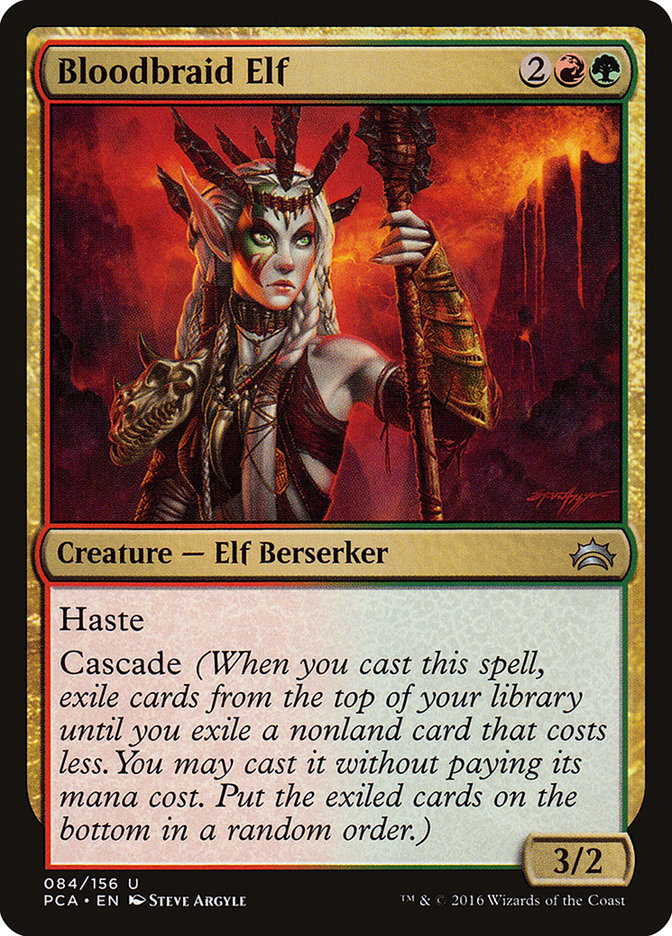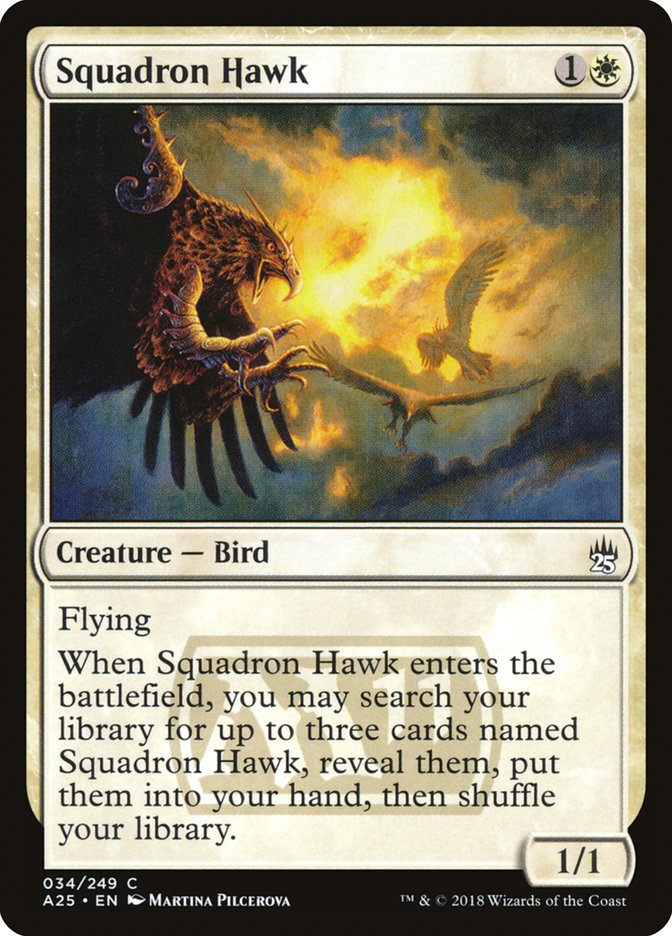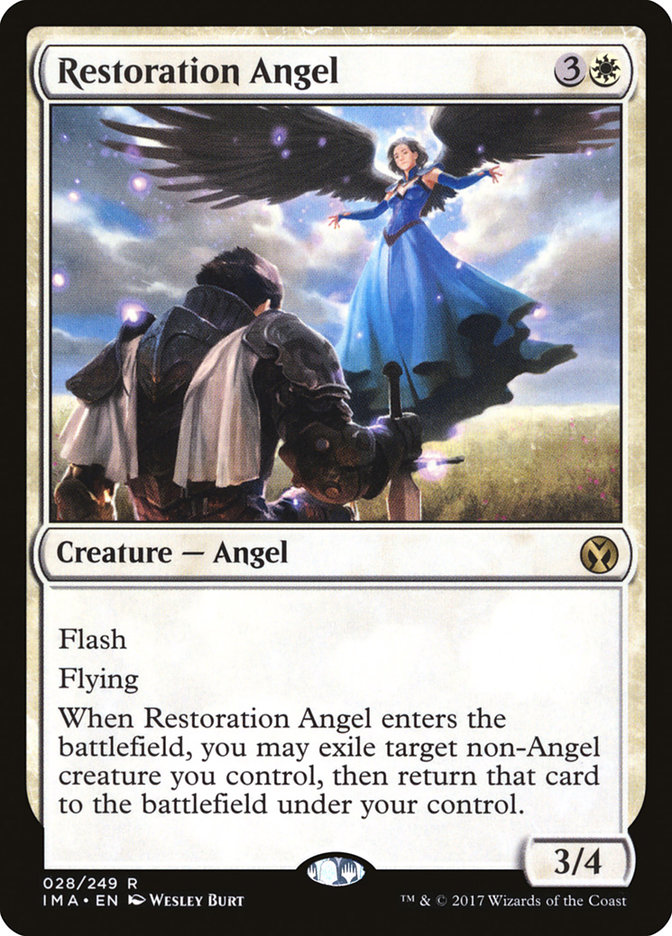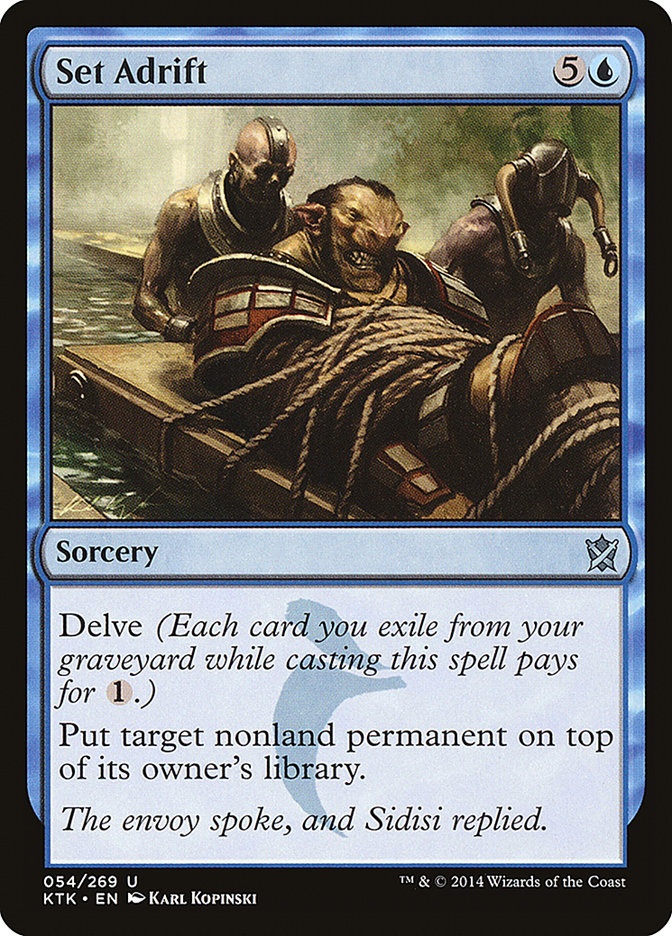It’s been a couple of weeks since the unbanning of Bloodbraid Elf and Jace, the Mind Sculptor in Modern, and with last weekend featuring the Magic Online Championship and a gargantuan 400-person Modern Classic, we have some paper data to look at for how these two iconic cards actually play out in the format. It’s not nearly as entertaining as wildly speculating on Twitter, but it has the benefit of actually helping us win matches of Magic. You give a little; you get a little.
The early returns of the format are quite surprising. Bloodbraid Elf is the clear winner of the pair, with Jund immediately retaking its former spot at the top of the metagame, while the various Jace, the Mind Sculptor decks have been unable to find their footing in the format. Much like the early days of Worldwake in Standard, it appears that Bloodbraid Elf is enough to keep the powerful planeswalker in check, vindicating those who calling the hype around Jace overblown.
However, there’s a critical dynamic going on here, a common one after a major shakeup to a format (ban, rotation, etc.). A great home for Bloodbraid Elf, Jund, is completely obvious. There may be other places the card can go, but Jund is tried and true, even in the context of Modern. How to build a Jund deck is rather straightforward: discard spells, efficient threats, some Lilianas, and appropriate removal. Balancing all of these card types and finding the right suite of removal to achieve an optimal list is difficult, but you can only go so wrong once you’re in the Jund world.
You see, we as Magic players get hung up on optimizing everything. We don’t want a good deck; we want the best deck. Anything short of that is a failure, since there is a decision that could be changed to increase our chance of winning. Of course, trying to make every decision optimally is a good thing, but when it comes down to it, Magic is a game with significant variance, and it’s important to leave yourself the chance to get lucky, even if some part of your list isn’t optimal.
You may be saying to yourself, “Ross, you can get lucky no matter what you play. That’s why people can win with Belcher, Goblins, Tron, or Kithkin.” Yet the question is actually more complicated than that. Putting yourself in a position to get lucky comes down to making sure your deck isn’t too wrong. If you make a bunch of high-risk decisions in deck choice or deckbuilding, then you naturally lower the floor on your results, whereas making low-risk decisions increases that floor.
Bloodbraid Elf has an incredibly high floor. You’ll nearly always get two spells at a significant mana discount. At times you’ll hit a dead discard or removal spell, but that’s as bad as it gets. And the floor on Jund is even higher, since it’s a proven deck with plenty of history to draw from for a solid list.
Jace, the Mind Sculptor doesn’t have that history in Modern to draw from and is a lower-floor card in general. When you’re far behind on the battlefield, it’s a four-mana Brainstorm or Unsummon that gains a bit of life. Plenty of other times, you’re forced to fateseal and hope your opponent doesn’t have a removal spell to clear a key blocker. If you untap with Jace, the Mind Sculptor, then it’ll take over the game, but getting to that point is tough.
Thus far, the path that most players have chosen to get to that point is a pile of cheap disruption. It’s a path that makes sense, given the bevy of options between discard, removal, and counterspells, but the various Jeskai, Grixis, and U/W Control lists haven’t been able to compete with the efficiency of Jund.
So we need a new plan, one that involves playing some offense. For those who remember the days of Caw-Blade, you’ll recall the feeling of hopelessness when your opponent had Stoneforge Mystic or Squadron Hawk on Turn 2. Even if you had an answer, spending that turn of the game trading resources often led to a Turn 4 where the battlefield was empty and Jace, the Mind Sculptor could come down unopposed.
Jace, the Mind Sculptor isn’t great at protecting itself. The -1 ability is best used aggressively, as are all Unsummon effects, and the combination of Bloodbraid Elf, Lightning Bolt, and Maelstrom Pulse always puts you in a tough spot as to what to do with the first activation of Jace, since you can’t play around everything. However, if you land a Jace with a creature or two on the battlefield, now it’s your opponent in the tough spot, because they’ll either need to devote significant resources towards answering the Jace, thus putting them further behind to your other threats, or simply lose the long game to repeated Brainstorms.
Finding the right balance of threats and removal for these kinds of Jace decks will be difficult, so it’s no surprise to me that they have yet to emerge. I expected control decks with Jace to be better than they are, but I always thought that the Caw-Blade of Modern would eventually be found. I’m not ready to give up on Jace, so let’s look at some ways to use it in a more aggressive shell.
Creatures (28)
- 3 Birds of Paradise
- 1 Vendilion Clique
- 4 Noble Hierarch
- 4 Knight of the Reliquary
- 1 Qasali Pridemage
- 3 Scavenging Ooze
- 4 Voice of Resurgence
- 2 Reflector Mage
- 2 Tireless Tracker
- 4 Spell Queller
Planeswalkers (2)
Lands (18)
Spells (12)

This first list has the benefit of already putting up a solid finish, with Kevin Jones taking it to a 7-2 record at the Modern Classic last weekend in Worcester. It’s the most aggressive of the lists I have today, unsurprising given that it’s a Collected Company deck. It takes the mantra of “the best defense is a good offense” to the extreme with minimal removal and only two copies of Jace.
Honestly, Jace in this deck is a bit of an afterthought. It’s another powerful threat to help the deck compete against Jund, but it’s not the primary plan. I’m also not a fan of Spell Queller right now with how much removal there is in the format, especially Lightning Bolt, but it’s likely that the deck needs the interaction against combo decks. Most Modern tournaments aren’t going to be as flush with Jund as the Magic Online Championship, since small, high-level events are typically dominated by decision-intensive midrange decks. This is still Modern and you need to be prepared for a wide slate of decks in a big tournament.
But I’m looking for decks that really utilize the power of Jace, the Mind Sculptor, so let’s move on to something a bit more disruptive:
Creatures (18)
- 4 Tarmogoyf
- 1 Vendilion Clique
- 4 Noble Hierarch
- 2 Scavenging Ooze
- 1 Snapcaster Mage
- 2 Courser of Kruphix
- 1 Tasigur, the Golden Fang
- 3 Tireless Tracker
Planeswalkers (5)
Lands (22)
Spells (15)

This deck is essentially Blue Jund. However, I’ve built it in a way to be pre-sideboarded for the mirror. There are no discard spells in the maindeck. Instead this build focuses on getting on the battlefield quickly with Noble Hierarch and building that advantage with Tireless Tracker and Courser of Kruphix. Both of these threats are must-answers on their own that can also serve to protect Jace in combat, making them perfect in a deck like this. Their card advantage helps mitigate the issue of flooding with Noble Hierarch in games where Jace doesn’t stick around, and Courser in particular plays well the way Jace and Serum Visions can manipulate the top of your library.
With no access to discard in the maindeck, I cut down on Snapcaster Mages, but the first copy is still quite good, especially in sideboarded games and in combination with Liliana, the Last Hope. It’s important to note that Snapcaster Mage also gets worse once you start filling your deck with sorcery-speed cards, since it wants to play reactively.
With the maindeck focused on fighting Jund, the sideboard is unsurprisingly geared towards combo and Tron. I favored Fulminator Mage over Spreading Seas as the land destruction spell of choice because Noble Hierarch can power out the Mage on Turn 2 and Liliana, the Last Hope can recur it. I’m also a big fan of Countersquall, since that two life can be critical while turning the corner, but here I favored Dispel because I think this list is weak to Burn and most of the counterspells in this deck will be used protecting your threats from removal, not stopping what your opponent is doing.
It’s likely that the balance of the list needs to move away from attrition and more towards fighting other decks as the metagame evolves, but I expect the hype around Jund to create a temporary spike in its popularity, making this list a potential sleeper hit in the coming weeks.
Creatures (12)
Planeswalkers (3)
Lands (22)
Spells (23)

This list is more normalized with the typical suite of discard, removal, and threats. But it contains a few cards I’m high on for fighting Jund. The first is Lingering Souls, which shouldn’t be a surprise. The card has always been excellent against midrange decks, especially those with Liliana of the Veil. It’s also great at protecting Jace in combat, even if you have to spew off half of it chump blocking.
The second exciting card is Wall of Omens. It blocks most of Jund’s creatures early in the game while remaining a fine topdeck late. Here it pairs with Restoration Angel for a small card advantage engine, one that used to form the backbone of W/U Midrange decks in Modern before Deathrite Shaman was printed. That shell went toe-to-toe with Jund in the early days of the format, and now it has Jace, the Mind Sculptor to put it over the top.
With discard spells, an increased amount of cheap removal, and the ability to blink it for value with Restoration Angel, Snapcaster Mage is significantly better in this list than in the Sultai deck above.
I’m worried about the clock against combo decks, and if that’s a problem, I’d include some copies of Geist of Saint Traft in the sideboard, but for now I’m focusing on fighting fair and playing a typical aggro-control game with flash creatures and counterspells after sideboarding.
Once I started building with Wall of Omens and Restoration Angel, the idea of Spreading Seas kept popping into my head. Capitalizing on inconsistent mana was one of the ways U/W decks fought Jund back in Standard, and now we have Field of Ruin as a supplemental mana disruption element. Focusing on that angle led to the following list:
Creatures (14)
Planeswalkers (3)
Lands (18)
Spells (25)

Kitchen Finks isn’t what it used to be, but it’s solid here, since resetting it with Restoration Angel is strong and you need a three-drop to replace Lingering Souls. It’s possible that Blade Splicer is better by offering two bodies immediately, so that’s something to try.
The really interesting cards in this list derive from the lack of great removal options in U/W once you max out on Path to Exile. A singleton Dismember is fine, but from there it gets scrappy. Reflector Mage has proven itself in Modern and here plays well with Restoration Angel and the mana disruption, since you can take your opponent off a color and then bounce a creature they can’t recast for a pseudo-Nekrataal.
The questionable choice is Set Adrift. Part of the answer is me just liking delve cards, but this one gives you a needed answer to planeswalkers that isn’t Detention Sphere, which is great at eating Abrupt Decay and Maelstrom Pulse and less great at actually answering what you want it to answer.
You may notice that Wall of Omens is conspicuously absent, but ultimately I found it unnecessary in this deck, which has plenty of targets for Restoration Angel and early cantrips. Remand is great with Jace for keeping the battlefield clean in the early turns and offers a squeeze with Restoration Angel and Snapcaster Mage on Turn 4, forcing the opponent to play into a value counterspell or let you land an attacker and turn the corner.
Jace, the Mind Sculptor is one of the most powerful cards ever printed. I refuse to believe that Bloodbraid Elf and the same gang of ruffians from 2012 with about three newer cards will completely invalidate it. It may take some time to iron out the kinks and find the right balance of aggression and disruption, but it’s there. Jace is just lying in wait right now, letting Bloodbraid Elf have its time in the limelight before imposing its will on Modern, just as it did in every other format in which it’s been legal.
The age of Jace is coming. It’s just a matter of time.








